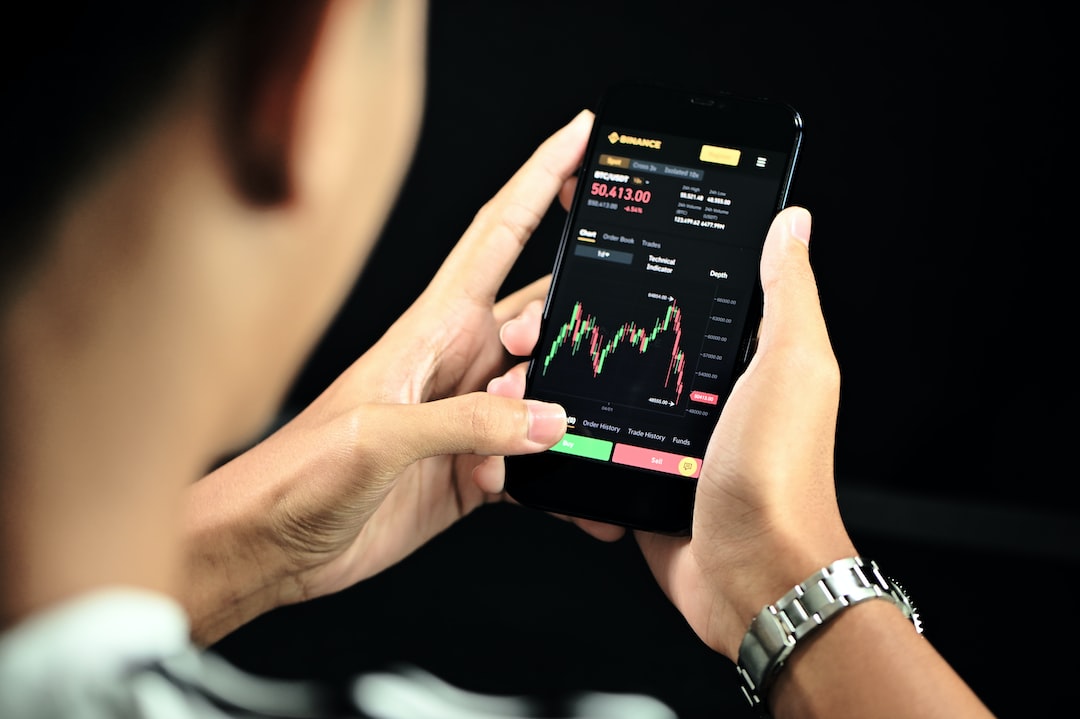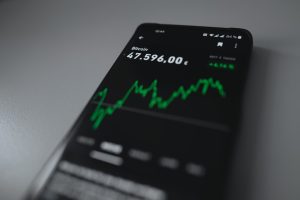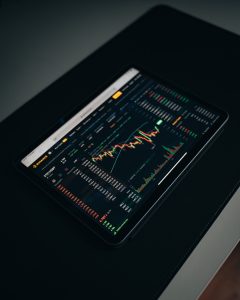Scalping is a popular trading strategy in the forex market. It involves making multiple trades in a short period, usually a few minutes or seconds, with the intention of making small profits on each trade. Scalping requires traders to have a high level of discipline, patience, and a deep understanding of the market dynamics. In this article, we will explore what scalping is, how it works, and the key factors to consider when scalping in forex.
What is scalping in forex?
Scalping is a trading strategy where traders open and close multiple trades in a short period, typically within seconds to minutes. The aim is to make small profits on each trade, which cumulatively add up to a significant profit at the end of the day. Scalping is based on the principle that small gains can be compounded to make a larger profit over time.
How does scalping work in forex?
Scalping in forex involves identifying short-term price movements and taking advantage of them. Traders use technical analysis tools such as charts, indicators, and price action to identify trading opportunities. They look for small price movements, which they can capitalize on by opening and closing trades quickly. Scalpers typically use high leverage to amplify their profits, but this also increases their risk exposure.
Scalping is a high-frequency trading technique that requires traders to have a high level of accuracy in their trades. They must be able to identify market trends and reversals quickly and accurately. Scalpers must also have a deep understanding of market volatility and liquidity to minimize their risk and maximize their profits.
Key factors to consider when scalping in forex
1. Market volatility: Scalping requires a highly volatile market for traders to make profits. Volatility refers to the degree of price movement in the market. Traders must choose currency pairs that have high volatility and are liquid enough to accommodate their trading volume.
2. Trading times: Scalping is best suited for traders who can dedicate a significant amount of time to trading. Scalpers typically trade during high-volume periods, such as the London-New York overlap, when volatility is high.
3. Risk management: Scalping requires traders to have a robust risk management plan in place. Traders must be disciplined enough to cut their losses quickly and not chase after losing trades. Scalpers should also use stop-loss orders to minimize their risk exposure.
4. Technical analysis: Scalping requires traders to have a deep understanding of technical analysis tools, such as charts, indicators, and price action. Traders must be able to identify short-term price movements and use technical analysis to make informed trading decisions.
5. Brokerage fees: Scalping involves multiple trades in a short period, which can lead to high brokerage fees. Traders must choose a broker that offers competitive spreads and low commissions to minimize their trading costs.
Conclusion
Scalping is a popular trading strategy in the forex market. It involves making multiple trades in a short period, with the aim of making small profits on each trade. Scalping requires traders to have a deep understanding of market volatility, trading times, risk management, and technical analysis. Traders must also choose a broker that offers competitive spreads and low commissions to minimize their trading costs. Scalping can be a lucrative trading strategy, but it requires discipline, patience, and a high level of accuracy in trading decisions.





